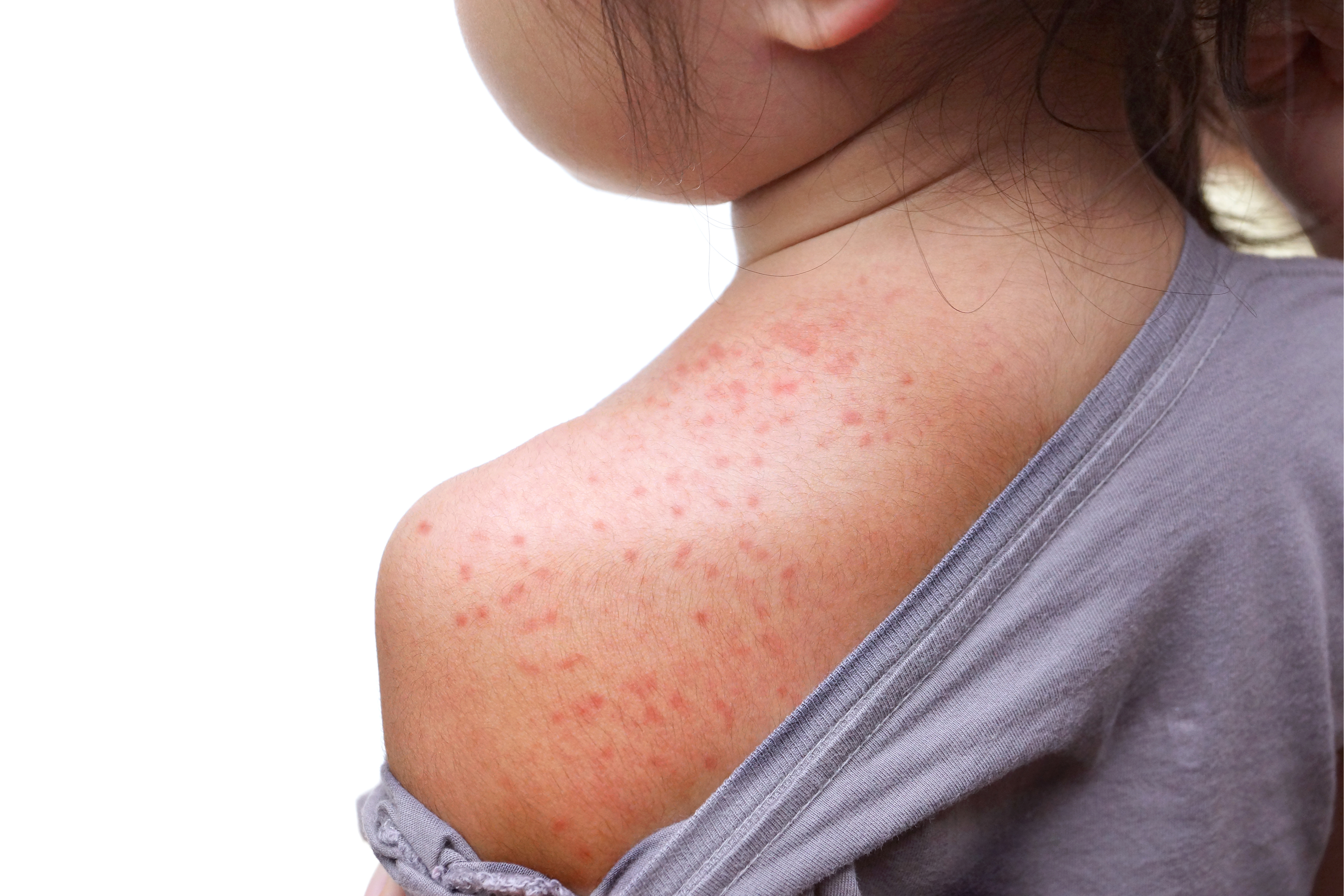Myositis
Myositis causes muscle swelling and damage.
Myositis refers to any condition that causes muscle inflammation. Polymyositis and dermatomyositis are the two of the most common types. Polymyositis causes muscle weakness in both sides of the body, usually in the hips, thighs, shoulders, upper arms and neck. Dermatomyositis causes muscle weakness as well as a skin rash. Dermatomyositis in children may differ from that seen in adults. Myositis affects about 50,000 to 75,000 Americans.
Causes
Anything that causes swelling in the muscles – including injury, vigorous exercise, infection or exposure to some viruses (the common cold and flu) – can trigger myositis. Certain medications (such as statins) and illegal drugs (like cocaine) can cause myositis, too.
Inflammatory types of myositis, like polymyositis and dermatomyositis, are likely the result of an improperly working immune system. The immune system, which is supposed to fight invaders like germs, gets confused and attacks the body’s own cells and tissues instead. Experts still aren’t sure why this happens. A trigger, like an infection, may jump start the disease process in people who have certain genes.
Symptoms
Symptoms of myositis usually develop gradually and include
- Muscle weakness.
- Muscle swelling.
- Muscle pain or soreness.
- Fatigue.
- Difficulty moving limbs or lifting arms.
- Falls.
Polymyositis and dermatomyositis often come with periods of worsening symptoms (flares). In addition to the ones listed above, symptoms may include:
- Joint pain.
- Shortness of breath.
- Trouble swallowing.
- Fever.
- Weight loss.
- Raynaud’s phenomenon (sensitivity to cold with a bluish or white color of the fingertips).
Dermatomyositis causes patchy purple or red rashes on the face, eyelids, elbows, knees, toes, chest or back. These rashes can appear before, after or during symptoms of muscle weakness. People with dermatomyositis may also be sensitive to light and have hardened, white bumps under the skin (calcinosis).
Health Effects
Myositis doesn’t cause cancer, but people with myositis (especially dermatomyositis) are more likely to get cancer. Experts believe that an improperly working immune system may play a role.
Inflammation of the heart muscle (myocarditis) can lead to tissue scarring and poor heart function.
Weakness of the throat muscles can cause trouble swallowing, called dysphagia. About one-third of people with myositis have trouble swallowing.
Lung tissue in people with myositis can become scarred, which causes breathing problems. About 30 to 40 percent of people with myositis have some form of lung disease.
Treatment
There is no cure for myositis, but symptoms can be managed. Treatment includes a combination of medication and lifestyle changes.
Medications
Depending on the type of myositis you have, your doctor may prescribe one or all these types of medications:
- Corticosteroids. Treatment often begins with high doses of corticosteroids to quickly reduce inflammation. These are usually given through injection
- Immunosuppressive drugs. If corticosteroids don’t relieve symptoms, drugs that suppress the immune system may be prescribed for inflammatory types of myositis. The most common ones used to treat myositis are methotrexate and azathioprine.
- Immunoglobulin. This purified blood product, which contains healthy antibodies, can help prevent damaging antibodies from attacking the muscles. It is usually given through a vein (intravenously).
Diagnosis
Muscle weakness and fatigue can happen for several reasons, so diagnosis can be a long and challenging process. Often, people with myositis will have symptoms for months and have trouble doing daily tasks (like climbing stairs or rising from chairs) long before they are diagnosed.
Your doctor will ask questions about your symptoms and family history, perform a physical exam to check for skin symptoms and signs of muscle weakness, and order laboratory or imaging tests to make a diagnosis. The doctor may also perform a biopsy, which involves removing a small sample of muscle tissue to check for signs of inflammation and damage.
Physical Therapy
Physical therapy can help build muscle strength, prevent muscle weakness and atrophy, and improve flexibility.
Self Care
No diet can cure myositis but adopting an anti-inflammatory diet may help. This includes eating foods found in the Mediterranean diet: fruits, vegetables, whole grains, fatty fish, and extra virgin olive oil.
Following the physical therapist’s instructions for regular exercise keeps muscles strong and flexible and can prevent muscles from wasting away (atrophy).
Sun protection may help manage skin and muscle symptoms. Using sunscreen, wearing wide-brimmed hats and protective clothing, and avoiding sun exposure during peak hours are important.
Managing stress can help boost the immune system and mood. Mind-body techniques, such as meditation and yoga, may help with the emotional impact of having a chronic illness. Having a strong network of friends, family and trained professionals (such as licensed therapists and psychologists) can also provide support during tough times.

Stay in the Know. Live in the Yes.
Get involved with the arthritis community. Tell us a little about yourself and, based on your interests, you’ll receive emails packed with the latest information and resources to live your best life and connect with others.

